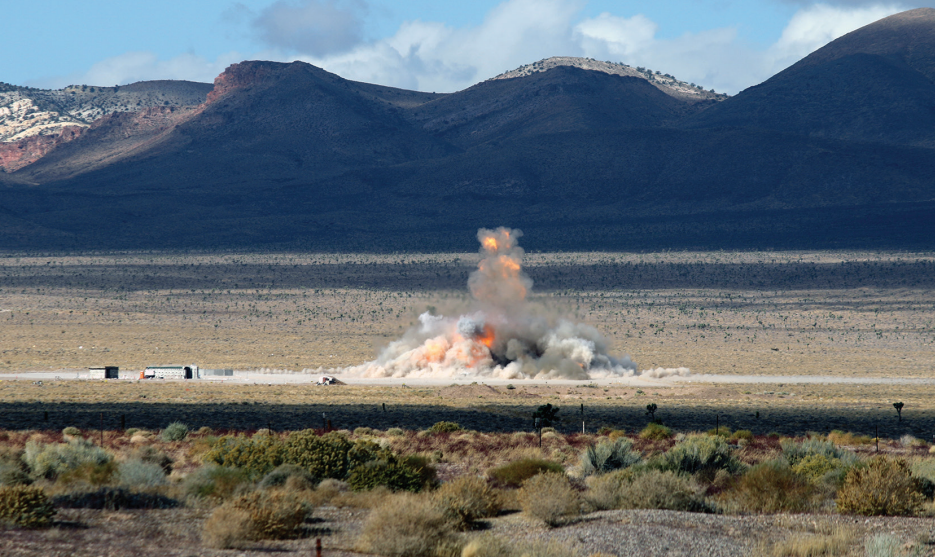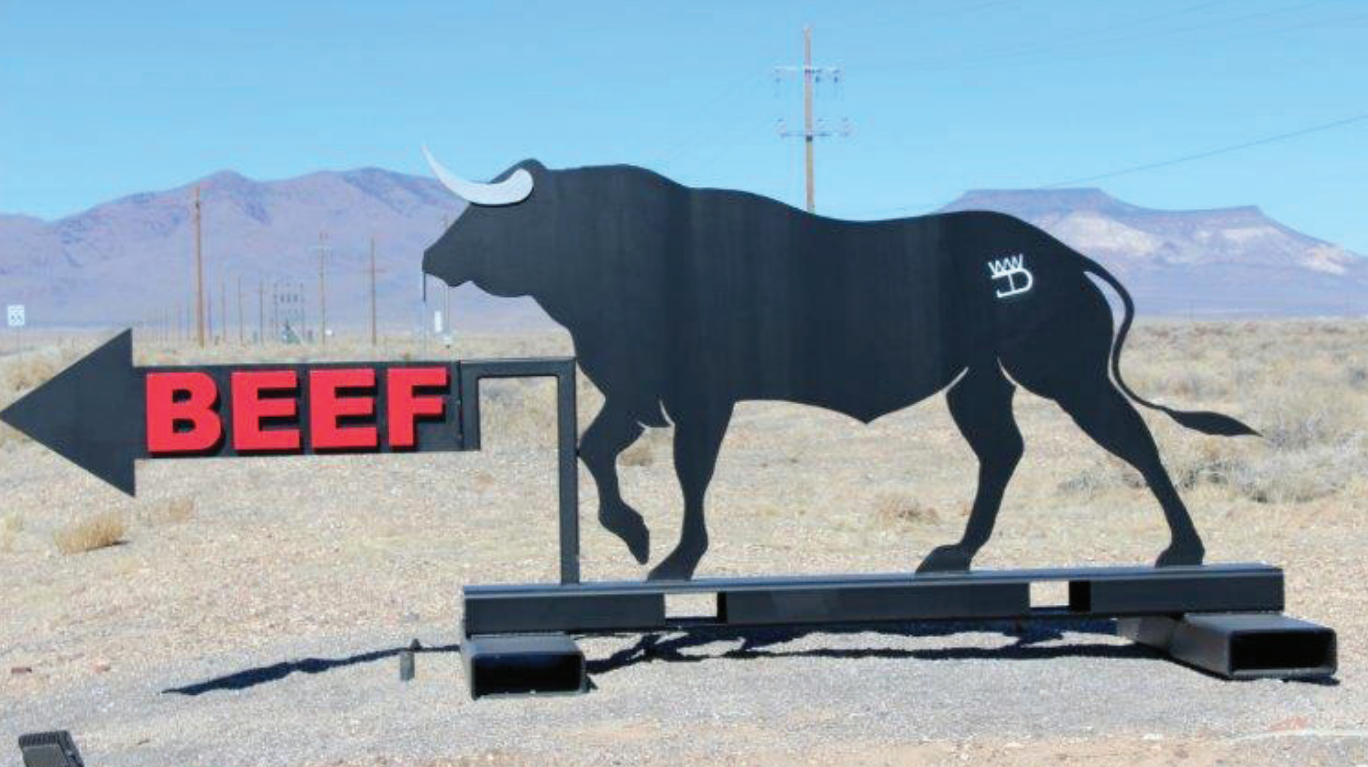
Big Explosives Experimental Facility (BEEF)

Big Explosives Experimental Facility (BEEF)

The Big Explosives Experimental Facility (BEEF) is a hydrodynamic testing facility at the NNSS. Through explosive experiments, BEEF provides data to support the Stockpile Stewardship Program, along with a variety of new experimental programs that expand the nation’s non-nuclear experiment capabilities. In addition, the Baker Site Facility at BEEF is used to receive, store and assemble explosive test articles.
History
When the DOE’s Lawrence Livermore National Laboratory (LLNL) Site 300 facility in California was no longer permitted to perform large, high-explosive experiments due to community encroachment, a new site had to be identified. What LLNL found at the NNSS was ideally configured: two earth-covered concrete bunkers reinforced with two feet of steel, a structure originally built in the 1950s to monitor atmospheric tests at Yucca Flat. In 1994, LLNL moved its high-explosive experiments to the NNSS and BEEF was established.
BEEF is Born
The 10-acre fenced compound features a control bunker, a camera bunker, a firing pad and associated control and diagnostic systems. Scientists at the facility conduct
conventional high-explosive experiments – while safely operating from the control
bunker – using a test bed that provides sophisticated diagnostics, such as high-speed optics and X-ray radiography on the firing pad.
To certify the safety of the firing pad, scientists conducted “Popover” in 1995: a series of tests involving explosives up to 7,800 pounds, which were detonated 27 feet from the bunker’s buried outer wall.
Pushing the Knowledge Boundary
BEEF plays a significant role in accumulating data to support the Stockpile Stewardship Program and the Defense Nuclear Nonproliferation Program. Scientists conduct physics experiments using high explosives and pulsed laser power to study and investigate impacted materials as they are merged together by the detonations. The data collected supports shock physics, which is the study of how condensed matter responds to extreme pressures and temperatures.
As with other NNSS experiment programs, BEEF scientists push the shock physics knowledge boundary. By conducting open-air explosive experiments with hazardous materials, pressure-testing containment vessels to ensure their structural integrity, and testing weapon components, scientists are preparing for future stewardship missions.
